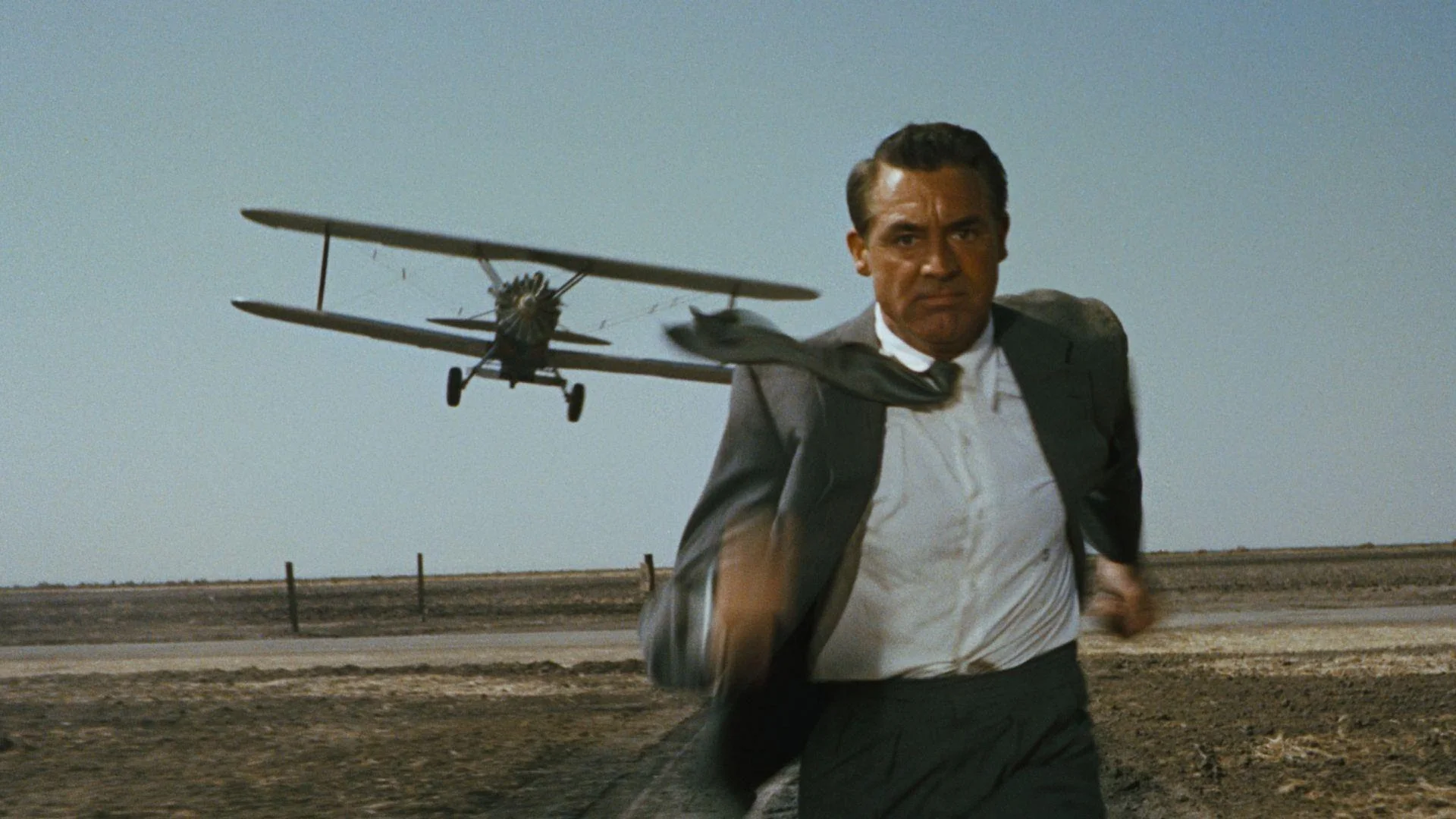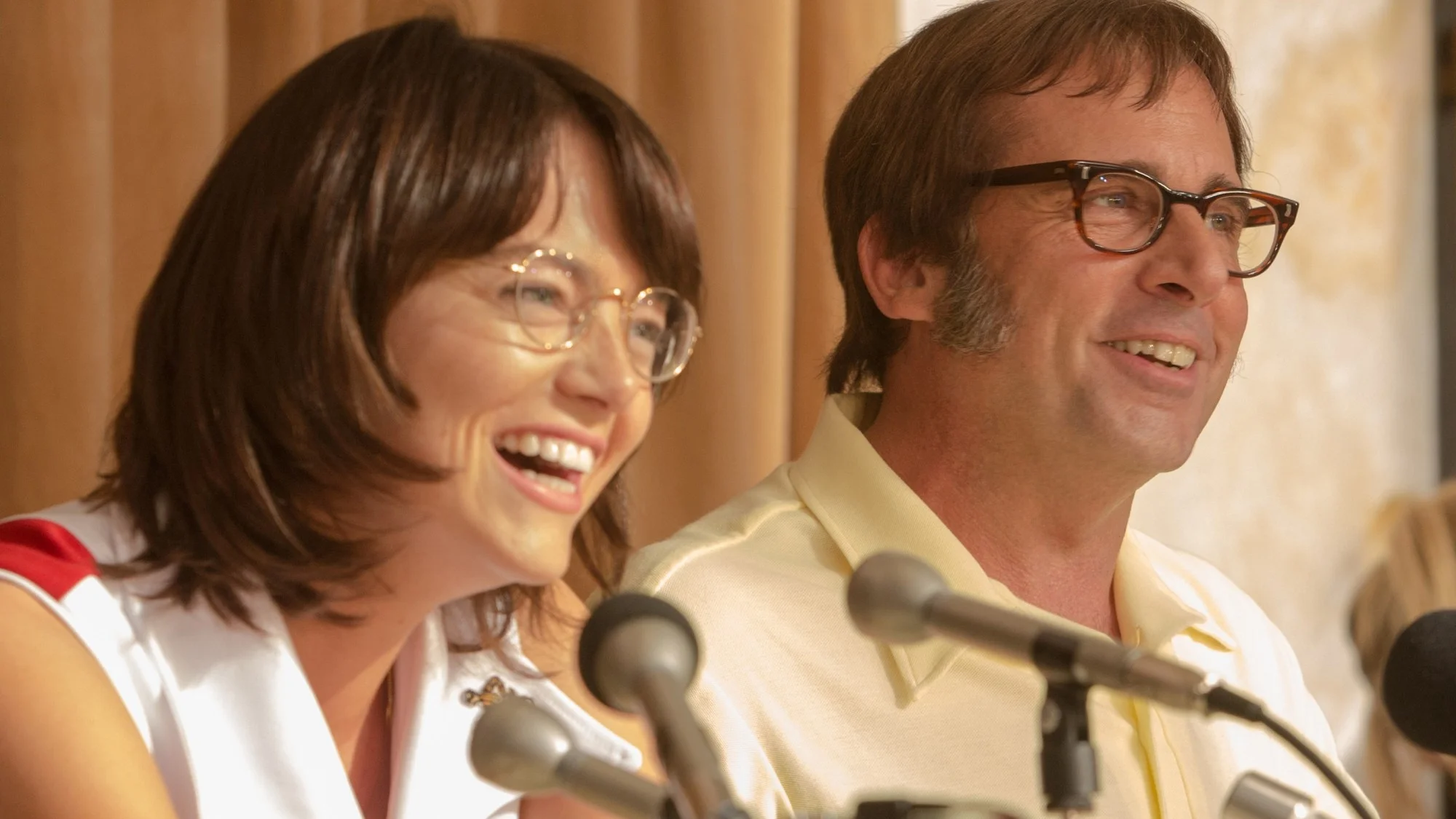Screams from the Crypt: The Essential Mario Bava
Mario Bava made a name for himself slicing and dicing his way through cinema with his catalogue of the grim and gruesome. But behind the camera, Bava had the reputation of a sweetheart whose ego survived countless infractions of studio intervention, and kept smiling and joking throughout his long career. Here is a list of his top 10 features, that are essential to understanding the man and his career.
1. Black Sabbath (1963)
On the upside of the two-sided coin of international distribution, sometimes you get two versions of the same movie. While I’ll be the first to roll my eyes and disparage bad dubbing, censorship, and trimmed running times, there’s something delightful about the contrasting pros and cons of the Italian and AIP cuts of Black Sabbath. Bava’s classic anthology film (prompting John ‘Ozzy’ Osbourne's to change the name of his band Earth) transcends the gothic and the contemporary spectrum with each unique story. Black Sabbath has the distinction of both the “best of” and the “most of” the director's economically sound and colorful atmospheric brand of horror. While the Italian language version supersedes aspects of the AIP cut, there’s no rationale for dubbing Boris Karloff, whose performance in 'The Wurdalak' segment is one of his best, and his interludes lend to one of Bava’s finest hours. While 'The Wurdalak' is the premier entry, the scariest (in my opinion) is the short but oh so sweet 'Drop of Water' episode, nightmarish and with some of the most terrifying moments Bava would ever put on film.
2. Black Sunday (1960)
Remarkably assured and a rightful classic of gothic horror, Black Sunday is an essential entry in the horror genre as well as a fantastic jumping off point for Bava’s career. Satanic, witchy, gothic; Black Sunday is steeped in the classic mold of folkloric horror and a leap forward in modern structure. It’s narrative based on the exploits of noble intrigue: a princess and servant, alleged for meddling in the black arts, are executed in the famously ritualistic ways - while history books recall witch burnings, here Bava hammers spiked masks onto people's faces.
Black Sunday feels lived in, confident, and yet unpredictably original and sexually stylized. Bava’s aesthetic arrives fully realized, painting an elaborate tale of vengeful undead, steamy necro-eroticism. His cunning means that every dollar is stretched to its fullest potential. Barbara Steele's lead performance is horror movie gold, rightfully sealing her fate as one of horror's Scream Queens.
3. The Whip and the Body (1963)
Christopher Lee and Mario Bava, should we be so lucky to have these two titans collaborate? Despite his best efforts to get his hypnotic baritone on the English language track, we only get to see his performance, but with the visual bravura of Mario Bava isn’t that enough? While the director's legacy is one forged in severed heads, slit throats, and spiked masks getting hammered into faces, The Whip and the Body throws in a sadomasochist love story that leads to murder and revenge from beyond the grave. The Whip and the Body is a winding, erotic and baroque journey that feels like the best horror Edgar Allan Poe never wrote. One of Bava’s best that went too long unseen, baked in a sickly green color palette with a whimsical score from Carlo Rustichelli.
4. Kill, Baby, Kill (1966)
Because of the sheer magnitude of Bava’s headline classics it feels like Kill, Baby, Kill and The Whip and the Body get short shrift, when they are the director at his atmospheric best. Kill, Baby, Kill might not have the laurels awarded to Black Sabbath or A Bay of Blood, but it’s so thoroughly realized you can feel Bava’s sense and control of mood in every frame. It’s narrative concerns a country village populated by paranoid and superstitious residents, who are haunted by the specter of a murderous little girl. The town is a labyrinthine maze of tunnels, foggy graveyards, and cultish locals. Kill, Baby, Kill is teeming with a nuanced gothic climate and Bava’s tendency toward a slow-burning narrative feels natural, unhurried and there’s less shock and more genuine terror. The film is populated with ghastly faces leering into windows, howling wind, and a bone-chilling giggling of a murderous little girl (rumored to be the inspiration for Federico Fellini and Martin Scorsese’s use of the “creepy girl” in Toby Dammit and The Last Temptation of Christ).
5. Twitch of the Death Nerve (1971)
Mario Bava is credited as an innovator of all things horror and like he did with the giallo in The Girl Who Knew Too Much, and while he technically laid out the foundation for the slasher film with Blood and Black Lace back in 1964, Twitch of the Death Nerve is truly the pioneering film of the genre. In the mid-sixties, Bava’s sumptuous expressionism turned from macabre period dramas to more gory fare; a transition that might sound like a digression but Bava maintained his exquisite palette and unique form of expressionism even while people were being butchered in the most inventive ways.
Whatever title you decide on (always a fun side note in Italian horror) between Carnage, Bay of Blood, Bloodbath and Last House of the Left Part II (despite predating its namesake a few years), why mess with Twitch of the Death Nerve? As is the case with most eminent genre films, Twitch of the Death Nerve is one of those movies that influence can be seen all over the slasher genre, namely the earlier Friday the 13th entries where Sean Cunningham readily admits to borrowing from Bava's many inventive death sequences. If you’re a horror, fan, gorehound, or appreciate original cinema, then there’s something to admire in Bava’s aesthetic touch.
6. Blood and Black Lace (1964)
Blood and Black Lace is an exercise in tawdry violence where style takes precedence over story, and that’s exactly why it’s such a damn fine movie. Bava’s film centers on a fashion house where buxom, scantily clad models are brutally slaughtered in graphic and brutal ways; and Bava’s point blank simplicity is the springboard for his trademark panorama of colorful lighting and busy compositions. The blunt force structure sifts out the pulp of the supernatural and anything else that would get in the way of creating unnerving frissons of horror. We don’t equate Bava with social allegory, but the objectification of models and fashion culture as a lurid conduit for scenes of graphic murder not only makes the act of killing lyrical, but takes diva culture and gives it a makeover of slit throats and bloated corpses. Blood and Black Lace is transgressively haunting, and yet Bava’s noninvasive aesthetic makes the grotesque poetic, and the lurid palatably juicy.
7. Lisa and the Devil (1972)
Although Lisa and the Devil was Bava’s opportunity to break from his long line of adulterated classics, it became one of the director's most compromised productions. Lisa and the Devil is a trance-inducing fever dream; more mood than logic. This could be the director’s Heaven’s Gate; a passion project that is opulent, beautiful, a tad flawed and was largely ignored on its release. Prominently shown in a truncated version, reshot and edited into a shapeless Exorcist knock-off, it was retitled The House of Exorcism and had its re-evaluation long after initial release. Alongside Elke Sommer, there’s a lollipop sucking Telly Savalas, who in trying to quit smoking, took the director's advice to suck on a lollipop which would become the actor's trademark in his iconic Kojak series.
8. Danger: Diabolik (1968)
The notoriety of Danger: Diabolik extends to the final episode of the original MST3K series, featured in the 'Body Movin’' video by The Beastie Boys, and was featured as one of Empire's top 500 movies. Imagine James Bond on acid with a self-referential sense of humor where sixties pop art deco is turned up to some unfathomable level. Always a pro at stretching a dollar, Bava made the film with a shoestring budget of 200 million lire, employing optical effects, matte paintings, and a zanily cool score from none other than Ennio Morricone, Danger: Diabolik is a lysergic venture into unkempt wackiness that is a curious, if remarkable departure from his body of horror.
9. Planet of the Vampires (1965)
Bava knew how to stretch a dollar and stretch he did in this horror sci-fi hybrid. At some points the dollars are stretched a bit thin, but what you get from a Mario Bava film is heart, blood, and guts from a derelict spaceship responding to a distress signal, where the crew finds a barren planet inhabited by a race of aliens only to go berserk and kill each other. Sound familiar? Well, many allege that this was an inspiration for Ridley Scott’s Alien. Scott maintains he hasn’t seen the film, but then again Scorsese said he hadn’t seen Infernal Affairs so whatever, we have more of a good thing. Planet of the Vampires hasn’t aged with the most grace but Bava’s visual panache shines through each pulpy frame and it’s a strange, fun time, just don’t think about it too hard.
10. Baron Blood (1972)
Baron Blood is a satisfying, if moderately flawed chiller from Bava. Despite the creative violence and inventive kill scenes, the film suffers from a slow first act and comes up short on the director’s trademark colorful sensibility. That’s not to say Baron Blood is a bad movie, but it feels as if Bava exchanged his expressionistic gaze for a more gore-motivated narrative. For those of us who have had the treat of seeing Twitch of the Death Nerve we know he’s perfectly capable of skillfully doing both. However, Baron Blood only feels like a marginal Bava film, because his body of work is so richly realized; as a standalone shocker, this is pretty damn good, as a Mario Bava film, Baron Blood feels less inspired. Joseph Cotten is a pleasure, and the story of titular sadist rising from the grave makes room for a playful and entertainingly violent production.
Honorable Mentions
Despite his sword and sandal flicks being the subjects for MST3K, Bava's overlooked Knives of the Avenger is a pretty good film that feels like a Viking variation of Shane. The Evil Eye is a fun thriller that prefigures the giallo with a good sense of humor about it, a whodunnit with a solid pace that ages well. Caltiki: The Immortal Monster is Bava's first credited film as sole-director, and is a solid debut where a nasty creature destroys everything - doing for Italy what The Blob did for Hollywood and what The H-Man did for Japan.













